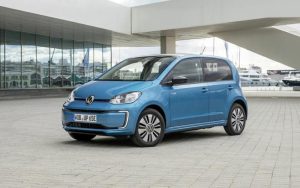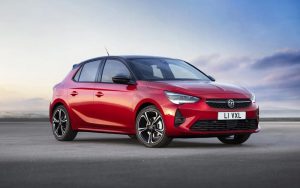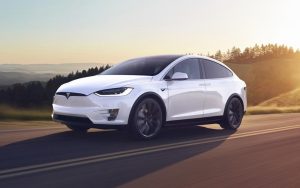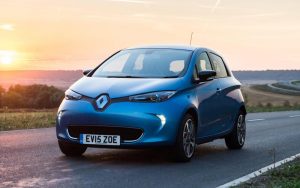Introduction
Full-electric vehicles are still in their infancy, although several cheap models hit the market in the second decade of the twenty-first century.
Peugeot’s iON is an example of such a model. The French company said switching from a regular runabout to this city car-sized runabout would be rather straightforward.
They even predicted that the right buyer would find that ownership costs rise despite the high initial investment. Of course, the environmental advantages speak for themselves.
The iON began its existence as a Mitsubishi key-car in Japan. However, the Japanese automaker required selling it in Europe, which came from PSA (Peugeot-Citroen group). As a result, there were three distinct models of the same car.
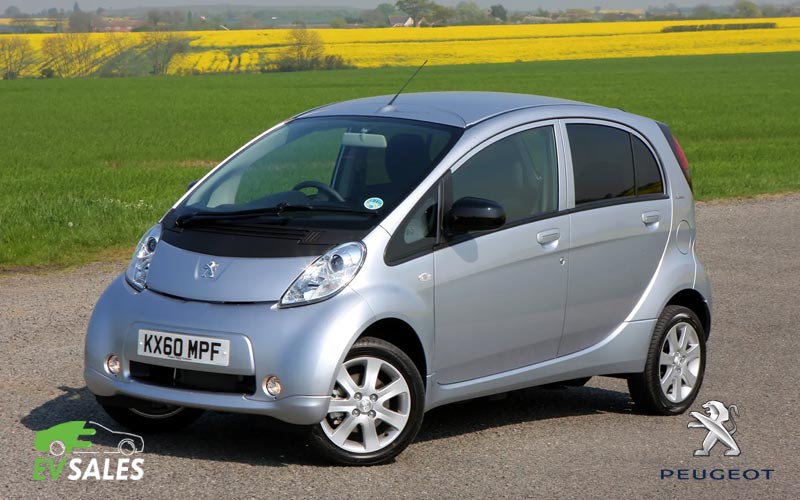
Furthermore…
For its class, the exterior styling was odd. We pushed the wheels as far as they could outside.
The front overhang and the rear wheels were shorter than most other cars on the market. The egg-shaped car was designed for city traffic, with headlights and taillights set as high as the law allowed to save them in the case of a bumper-to-bumper collision.
Now, let’s look at the car in more detail,
Here we go…
History:
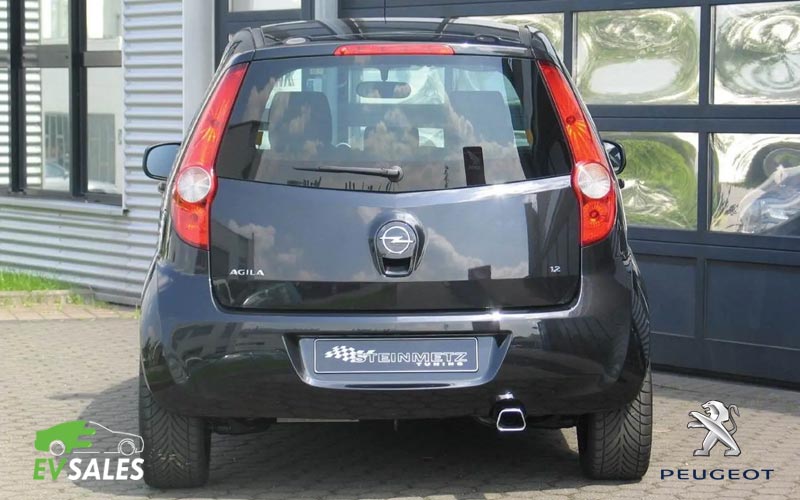
Peugeot has a long history with electric vehicles, dating back to the VLV model of 1941 when they sold several hundred of them on the streets of Paris. They’ve sold more electric cars than any other manufacturer in the years since, with over 3,500 battery-powered versions of their little 106 hatchbacks delivered between 1995 and 2003.
However, only a small percentage of them made it to the UK, and even fewer found their way into the hands of individual customers. With this car, the iON, released in 2011, the brand hoped for a different outcome.
While…
It was unlike any electric vehicle Peugeot had previously purchased for us. The iON makes full use of the then-new lithium-ion battery technology, combining it with the related electric motor in a design shared by both Citroen (the C-ZERO) and Mitsubishi (the iON) (the i-MiEV).
The city car-sized ION competed against Nissan’s larger all-electric LEAF model and Vauxhall and Chevrolet’s ‘E-REV’ or ‘Extended Range Electric Vehicles,’ which had a shorter battery range but were backed up by emergency gasoline power. The ION began life as a 47KW engine but was eventually modified to a 64 or 67KW engine. They sold it until the year 2020. So, how does it fare as a used purchase?
Specifications
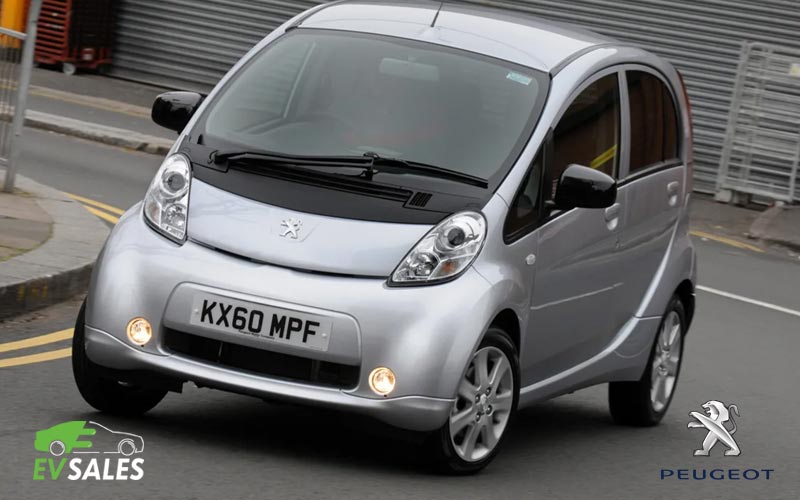
Because it is so narrow, the basic automobile is great for city driving.
Battery
When you add many16-kilowatt lithium-ion batteries and an electric motor to the mix, you have a compact car that is a delight to drive around cities because it has no gears or clutch and is almost silent.
Emission
Of course, because there are no tailpipe emissions, the Mayor of London will be overjoyed if anyone purchases this car in the capital, as it will contribute to the city’s highly dirty air.
You could claim zero emissions in the automobile’s whole use, as well as zero emissions in its production if you recharged the car with electricity on a 100 percent renewable energy tariff (albeit you’d still have emissions in the production).
Recharging
The cost of recharging is likewise quite low. Peugeot Ion 2011 estimates that recharging the car for a 93-mile drive will cost just £1.93, equating to a savings of £1765 over 10,000 miles compared to gasoline.
However, because the iOn costs £33,155 to buy, you’ll need to keep your operating costs low. Our test car also had metallic paint at a £420 option.
It compares to the estimated purchase price for the car of £6000 from a random cross-section of members of the public who came into contact with the car during our time with it. The £5000 government plug-in car grant is to soften the blow slightly.
Electric Motor
The Peugeot iOns have a power output of 47 kW (63 hp) and a torque output of 180 N.m / 133 lb. ft. The iOns electric motor has a torque of 180 N.m / 133 lb.ft. The 2011 Peugeot iOn has a top speed of 130 km/h (81 mph).
The Peugeot Ion 2011 iOn accelerates from zero to 60 miles per hour in 13 seconds and from zero to 100 kilometers per hour in 15,9 seconds. According to the EPA driving cycle, the 2011 Peugeot iOn has a combined fuel consumption of 112 miles MPGe, with a city mileage of 126 miles.
Interior
The interior of the iOn is pretty basic, with harsh plastics and old-fashioned-looking audio, and the room is limited both in the cabin and in the boot.
There are no reach or height adjustments on the steering wheel, and while the driver’s seat does go up and down, it does so just slightly, so you feel perched fairly high up when driving.
Other features
The iOn is only available in one trim level, but it comes with many features for a city car, such as air conditioning, front and rear power windows, remote central locking, a CD player, and alloy wheels – though no clock.
It has regenerative braking, high ride quality, public charging,
However, if you’re very enthusiastic about using devices like heating, the battery range display will begin to plummet. The car has a theoretical range of 93 miles before needing recharged, but during our time with the iOn in the winter, we struggled to come close to this stated range.
Driving Range
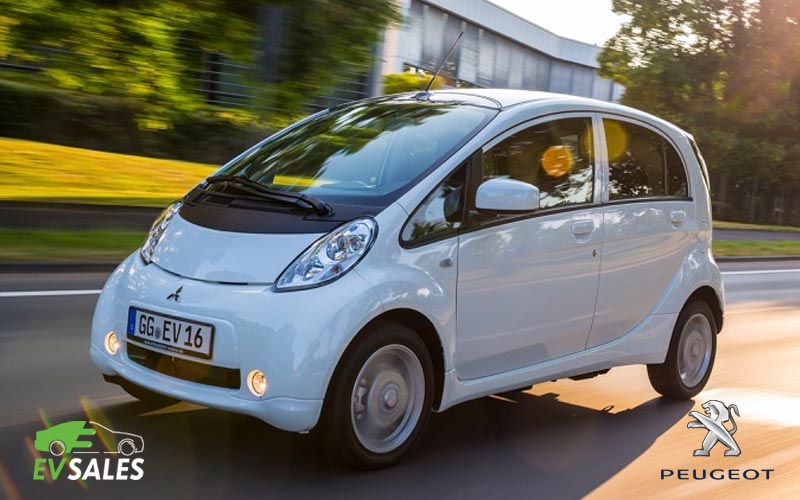
We traveled 16 miles one day after not charging the car for the previous two evenings. In a petrol or diesel car, you wouldn’t be concerned about such a distance. Still, in an electric vehicle like the iOn in the cold and dark, you’re acutely aware of the impact on the driving range whenever you do anything that drains energy from the car’s system.
If you’re continually using luxuries like lights, heating, fans, windshield wipers, and radio, you’re well aware that your finite driving range is swiftly dwindling. The engine in a petrol or diesel car provides heating; electric cars do not have this capability; thus, it takes a lot of energy to defog the windscreen in bad weather.
When you drive in an electric car, you usually expect a futuristic driving experience, which this Peugeot avoids as much as possible. The goal was to build something that would make the switch from regular gasoline or little diesel-powered automobile as simple and painless as possible.
So you get in and find a standard interior with a standard auto gear selector in charge of the vehicle. At first look, the dials in front of you appear to be the same as those behind you.
If you look closely, you’ll notice that what appears to be a gasoline gauge is a display of your remaining battery charge. It isn’t much use until you know how far the charge will take you.
To do so, use the LCD circular display on the other side of the digital speedo to browse through the options until you find the option for displaying the driving range.
Moreover…
The figure you’ll need to see shown here, according to Peugeot, won’t need to be too large because the average urban journey is only 23 miles.
Let’s pretend you’re fully charged and ready to go. The conventional ignition key fits into the traditional ignition, but the silence that greets you as you twist it is anything but typical. Or consider how quickly this car accelerates from a stop.
Performance
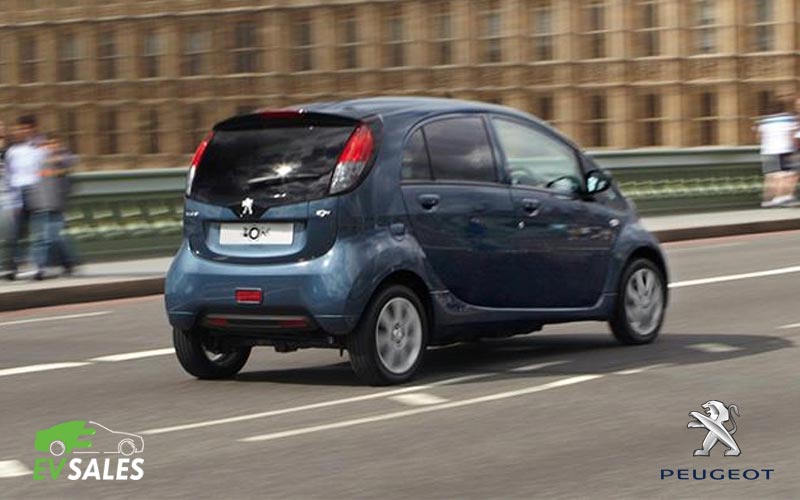
Although the iOn is built for city driving, it lacks suspension that is well suited to the rigors of city driving. You don’t feel protected from urban road hazards like speed bumps and potholes (in fact, the car’s track is too narrow to allow the wheels to be positioned on either side of the speed bumps in the center of the road).
The all-electric Nissan LEAF is more refined in chassis and suspension.
The iOn, as you might expect given its tiny width and skinny tires, doesn’t have sports car-like handling and grip (despite its low center of gravity), and the steering is vague. We did test the iOn on highways, which it can do thanks to its 81 mph top speed.
What do you get?
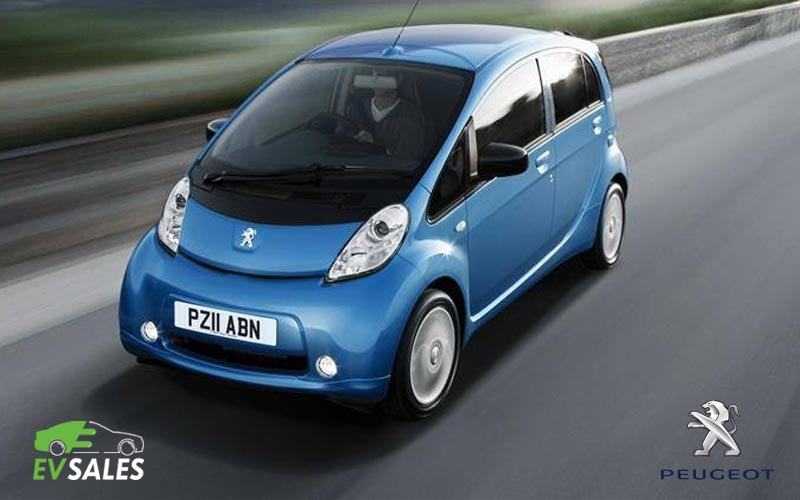
The relatively ordinary appearance of this electric car, Peugeot ION 2011, will not deter any potential consumers. It’s a sub-supermini city car, although one with a high stance. It’s more akin to Peugeot 107 of the time than the company’s 207/208 supermini; however, the 1.6m height makes it feel rather spacious inside. You’re correct if you think that high-sided look is very Japanese.
It is simply a case of Mitsubishi, Peugeot, and their PSA group allies, Citroen, turning to the Oriental brand for assistance in sharing the car’s hefty development expenditures. The Japanese manufacturer sought development efficiencies, basing its model on the Mitsubishi I, a conventionally powered city runabout design before 2007.
Peugeot didn’t like the concept of basing this item on a small city car.
Whereas…
In this era, the rival Nissan could point to a small price difference between a top-spec diesel Focus-sized family hatchback and their comparably-sized all-electric LEAF model. The French manufacturer acknowledged the cost of an urban runabout like the 107, and this ION was a yawning price differential.
However, they did point out that, despite its small size, this automobile has a surprising amount of inside room.
The inside is indeed remarkably light. The cabin is narrow, as it should be given the car’s sub 1.6m width, but you shouldn’t use it unless you’re transporting a trio of rugby players.
Cost and Verdict:
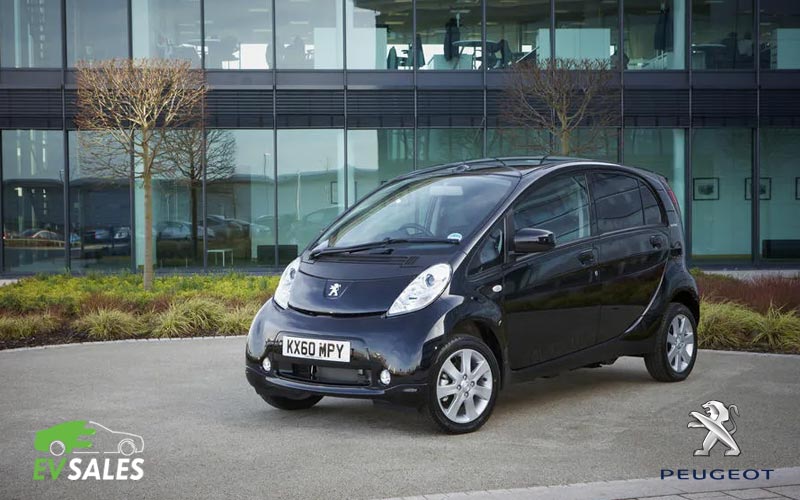
Peugeot also estimates that if you live in London, you may save £2520 per year on the Congestion Charge and perhaps £1939 on free parking in districts like Westminster.
When combined with the fuel savings, London motorists may save a total of £6224 per year if they drive a car that isn’t Congestion Charge exempt. The iOn also has a $0 company car tax BIK rate, which benefits enterprises.
Even with the £415 per month (plus VAT) contract hire agreement, £33,000 is a lot of money to invest in a car that will be used as a tiny vehicle to traverse occasional short distances in cities.
Turns out…
For less than £10,000, you could buy several new or nearly new sub-100 g/km CO 2 city cars that would still be exempt from the London Congestion Charge, and they’d likely have a range of around 300 miles and the ability to refuel in less than 5 minutes fully – less than a third of the price of the iOn.
Conclusion – Peugeot Ion (2011 – 2020) Review:
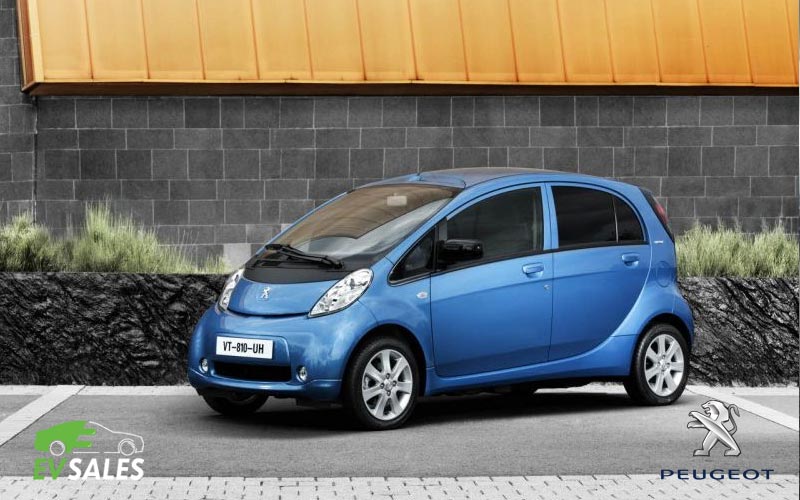
The Peugeot iOn, like the Mitsubishi i-MiEV and Citroen C-Zero, is ideal for getting around cities like London. In reality, when factors like the iOn’s Congestion Charge exemption, free parking in some areas, cheap operating costs, and zero company car rate are considered, the iOn can appear to be a compelling option for London businesses.
It’s also great for commuting in cities because its electric drivetrain has no gears or clutch, is virtually silent, and emits no tailpipe emissions. The iOn also has the advantage of having a relatively narrow width.
According to official numbers, it has a driving range of 93 miles, but it is closer to 80 miles in reality. Most people will need to recharge it overnight to drive another 80 miles. It also doesn’t have as much space as the larger Nissan LEAF and isn’t as elegant to drive.
As such, it may make sense as a city car for infrequent use. The price tag won’t make sense to most people; at £33,155, or even £415 a month for leasing, the numbers for zero-emission motoring won’t add up for most people. That’s why the Peugeot iOn receives a 6 out of 10 Green-Car-Guide ratings; £33,155 is a lot of money.
Let me add in…
The iON began its existence as a Mitsubishi key-car in Japan. However, the Japanese automaker required selling it in Europe, which came from PSA (Peugeot-Citroen group). As a result, there were three distinct models of the same car.
For its class, the exterior styling was odd. The wheels were pushed as far as they could outside.
The front overhang and the rear wheels were shorter than most other cars on the market. The egg-shaped car was designed for city traffic, with headlights and taillights set as high as the law allowed to save them in the case of a bumper-to-bumper collision.
Thanks to its long wheelbase size and height, the iOn had more than adequate space for four adults inside. The vehicle’s breadth was not particularly large. A high seating posture and two pedals were provided for the driver, and heated seats and mirrors were available for those chilly winter days. Although the infotainment system was situated high on the dashboard, it lacked Android Auto and Apple CarPlay.
The engine in the back was hidden behind the trunk floor, and it was a low-noise motor. The battery pack was located between the axles and under the cabin’s floor. Under optimum conditions, it ranged roughly 90 miles (150 kilometers).
That’s it for today, people.
Hopefully, you got all the knowledge you wanted, and surely we can help you. If you are looking forward to reading more about other cars, visit our website.
The End!



